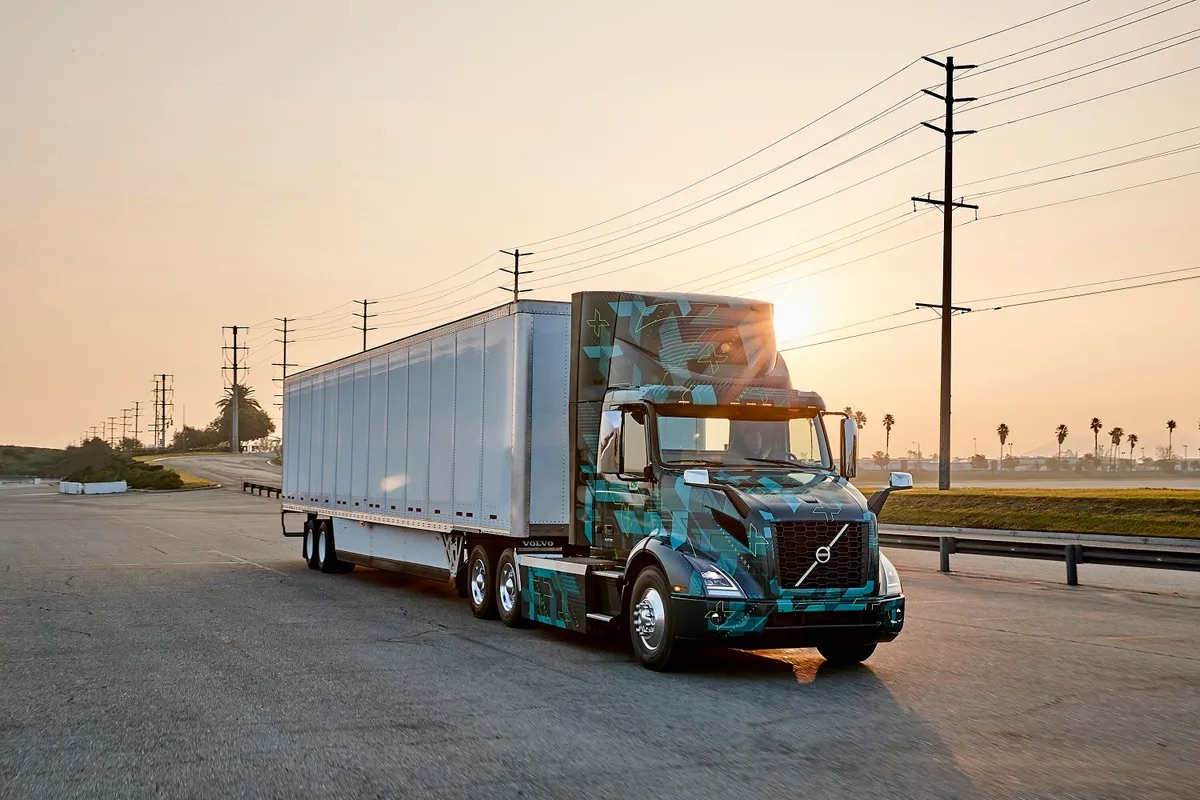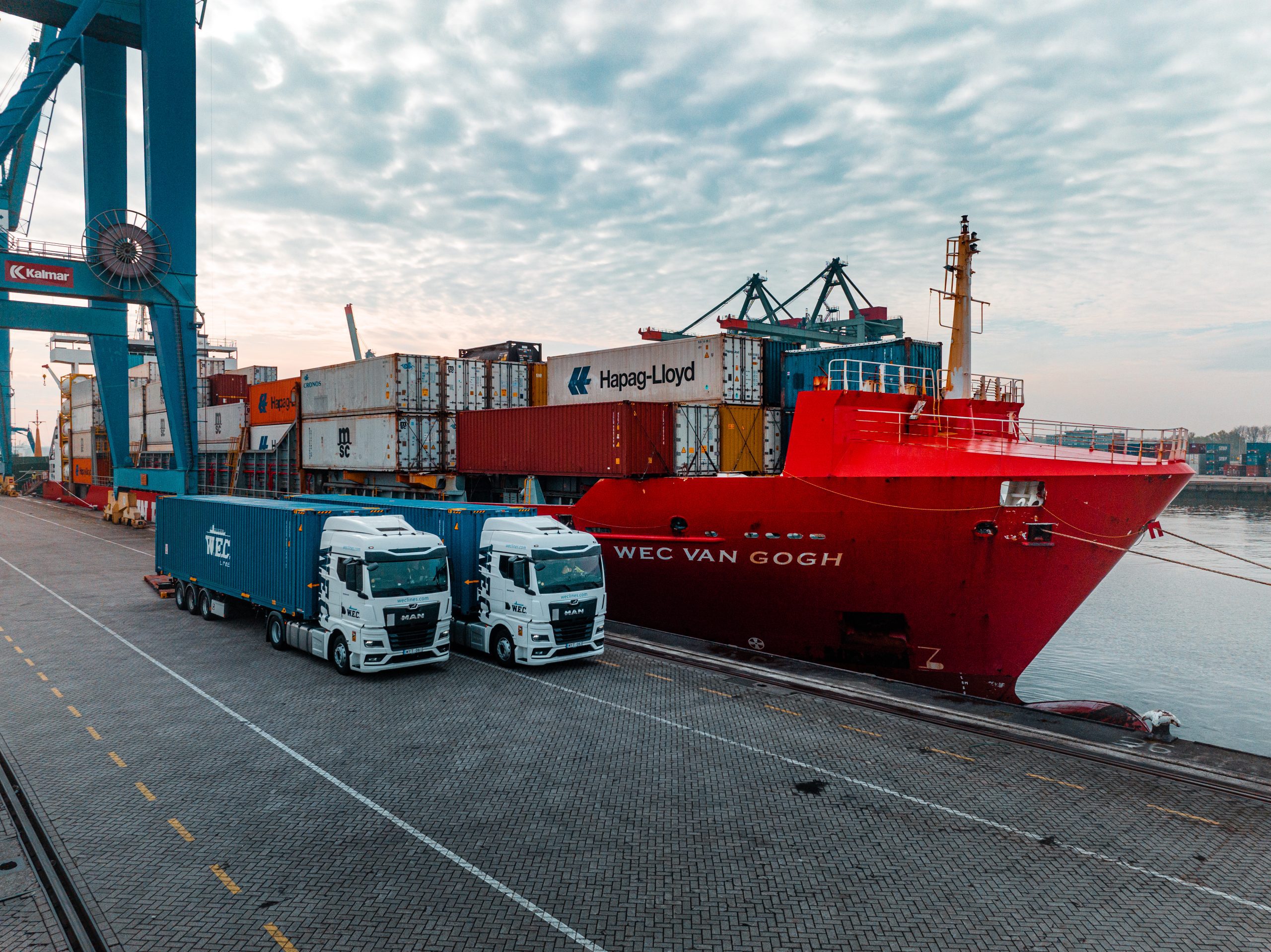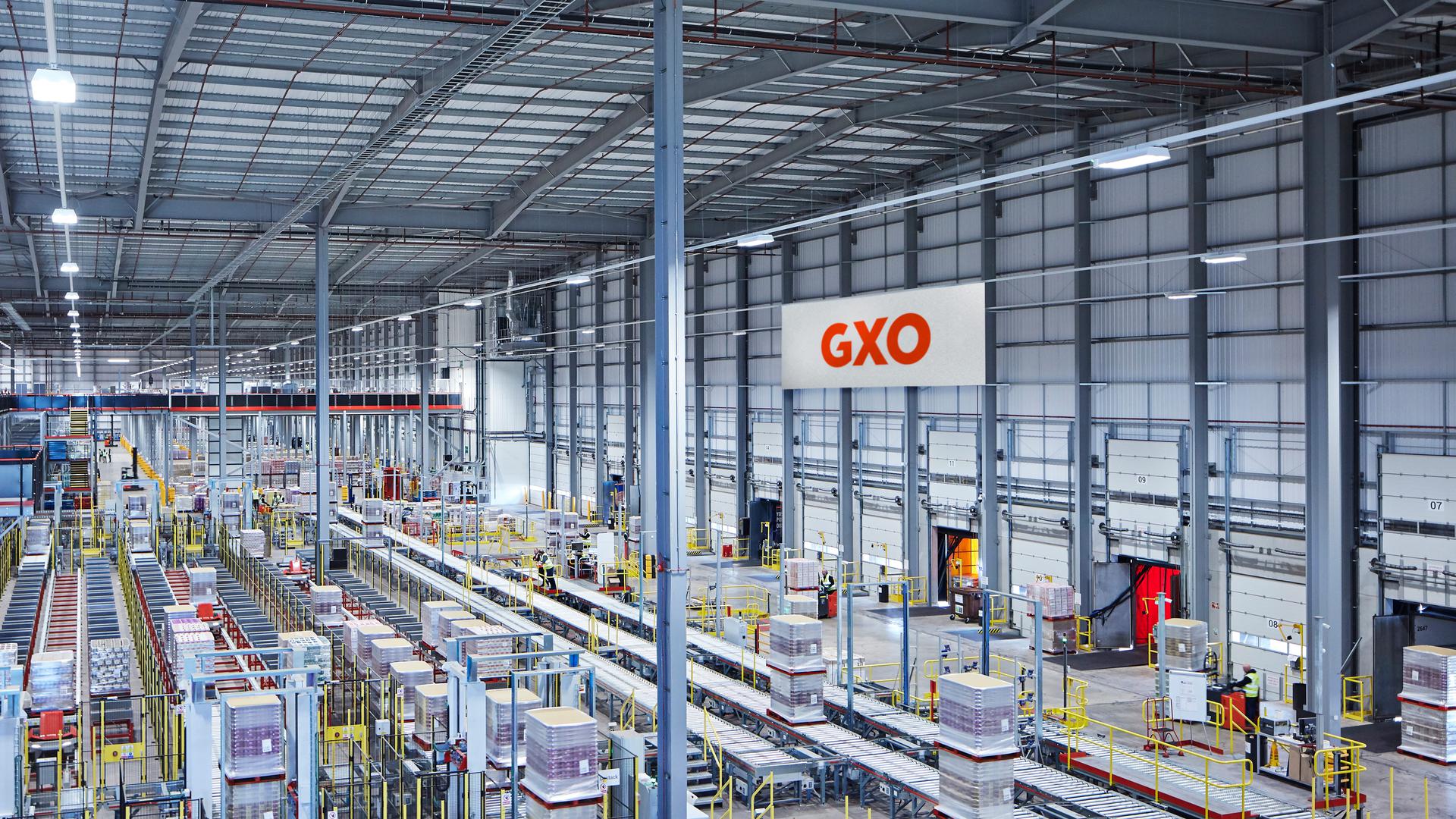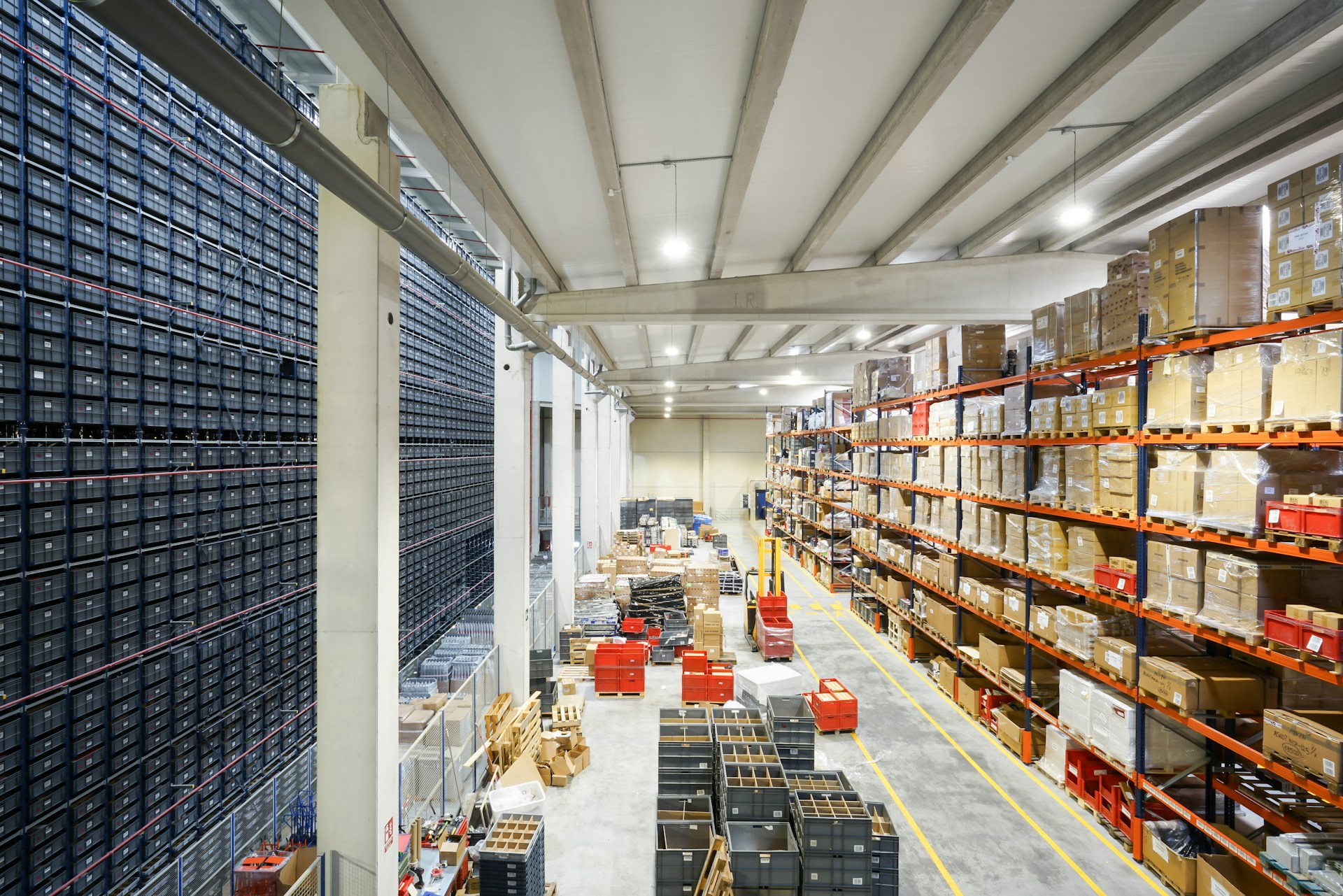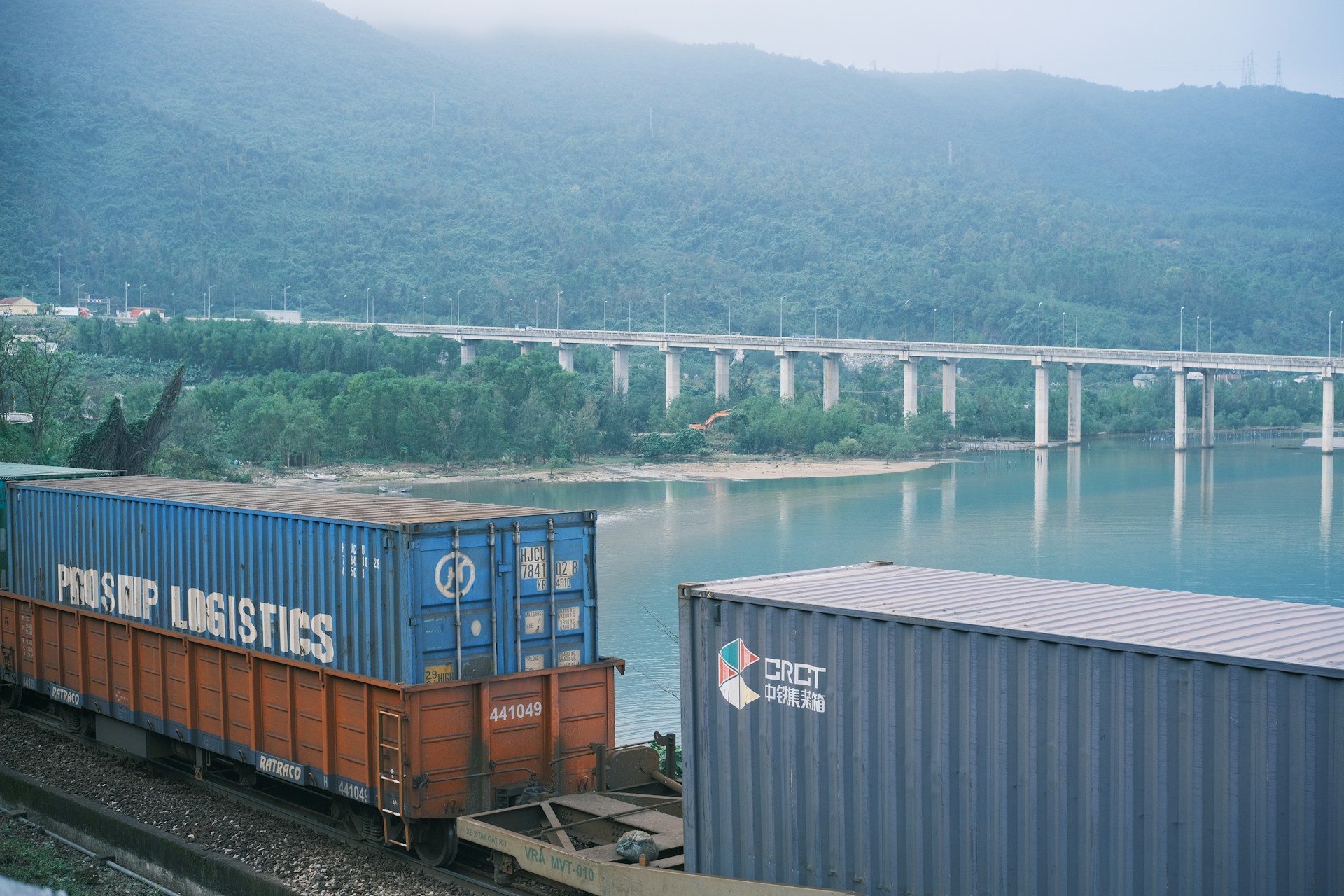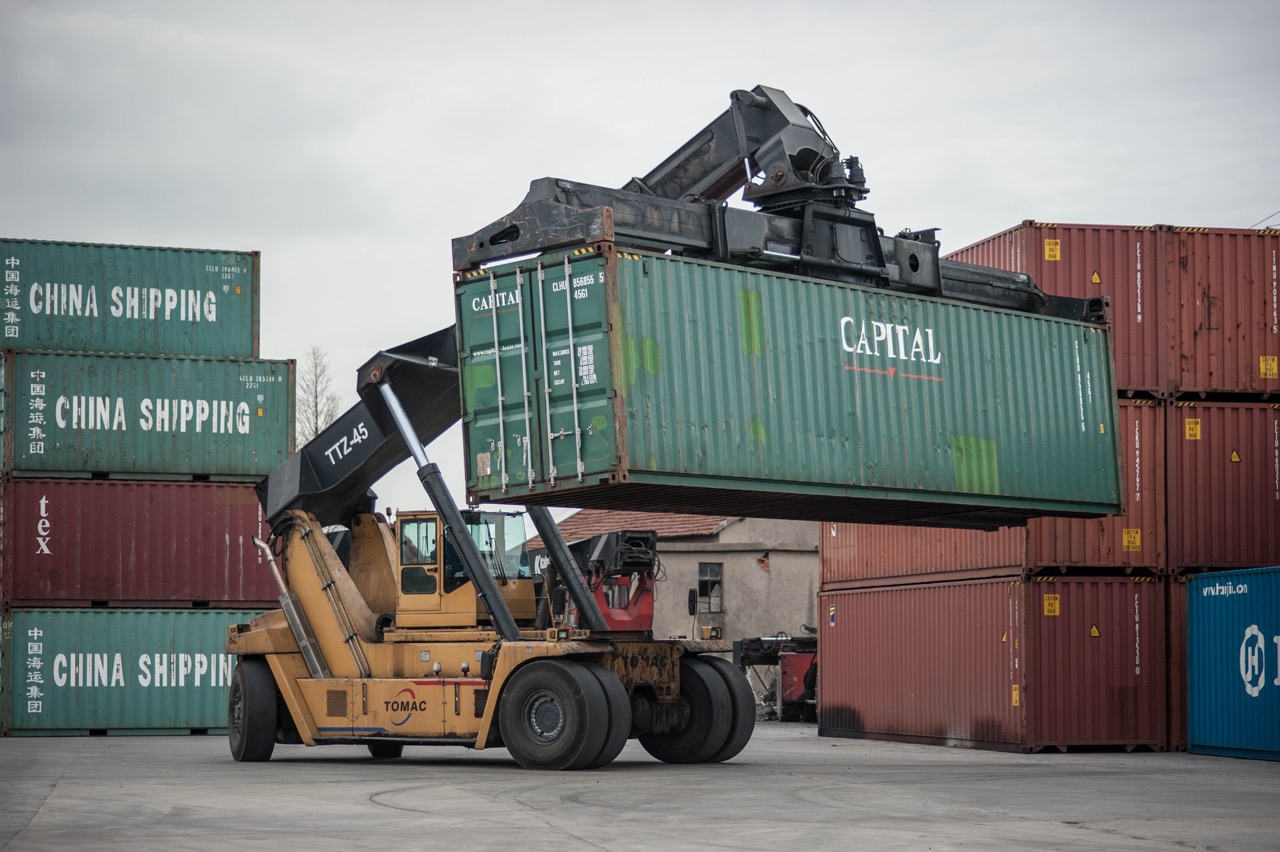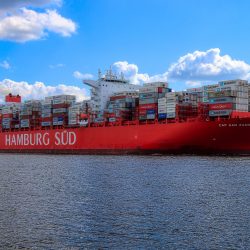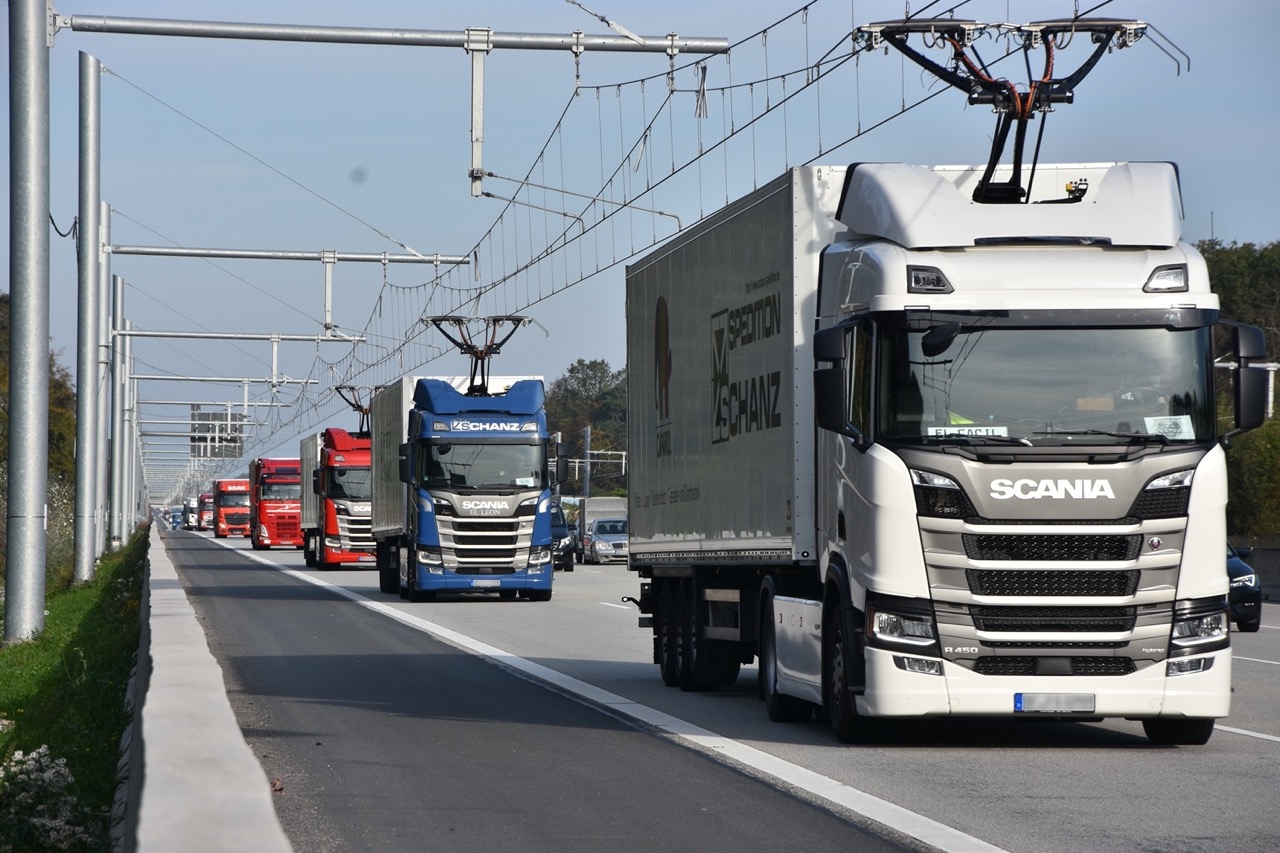Border crossing to be built between North Macedonia and Serbia
The EU government and the EBRD have allocated €7.5 million to improve transport infrastructure in the Western Balkans. The investment will enable the construction of a rail border crossing between North Macedonia and Serbia. Following receipt of the funding, construction work has begun.
According to reports, the crossing lies on the rail route of Corridor X, which is part of the structure of the Trans-European Transport Network (TEN-T). The European Bank for Development and Reconstruction provided a €5 million loan for the project. In turn, the EU government provided €2 million as a grant. The Western Balkans Investment Framework (WBIF) programme is constructing the crossing.

Project details
Blagoj Bohvarski, the minister in charge of the project in North Macedonia, sees excellent prospects for the new project. He believes the border crossing will improve the efficiency of transport to Serbia. The minister hopes that the link will be operational by 2025.
One of the priorities for the Western Balkans is to improve transport infrastructure. In this context, the countries of the region should make joint efforts to:
- complete the reconstruction of road and rail networks that are part of the TEN-T;
- bring the quality of local motorways up to EU standards;
- simplify border controls within the region.
The EBRD and the European Union will invest in building new stations and reconstructing old ones. In addition, the funds will help solve several energy efficiency problems. For example, there are plans to install solar panels on buildings that are part of the infrastructure.
It is worth noting that the EU is paying a lot of attention to developing the railways. This mode of transport is safer and more environmentally friendly than road transport. In addition, rail transport has great potential for improving economic and trade performance. This is why the European Union is actively funding projects to develop and modernise railway infrastructure.
The transport system in the Western Balkans has long lagged behind other European regions. However, the EU has supported local initiatives to improve the situation in recent years. For example, the EBRD provided a €200 million loan to fund rail projects in Northern Macedonia. The country received a €75 million grant from the EU. The money went towards upgrading the Kumanovo-Beljakovce section.
Bilateral donors WBIF also participated in the project, providing US$6 million. Their funding offered technical assistance and supervision of the works.



